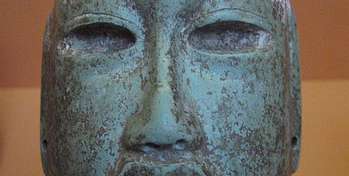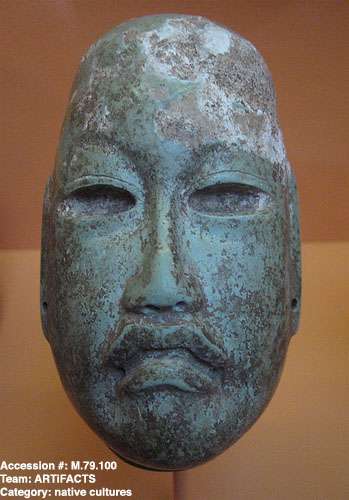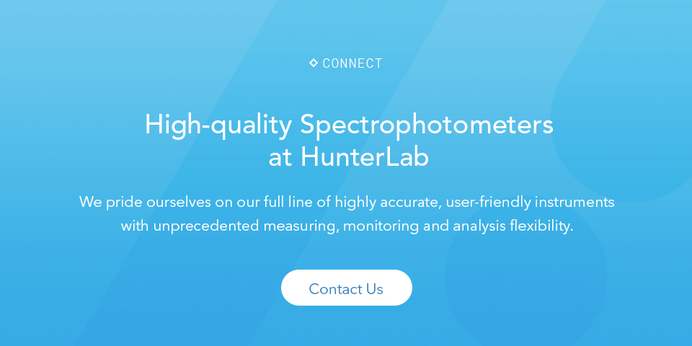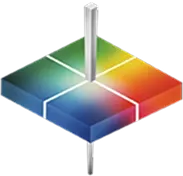
In 2004, Marco Leona, Francesca Casadio, Mauro Bacci, and Marcello Picollo successfully identified the chemical composition of the pre-Columbian Maya Blue pigment1—a combination of indigo and palygorskite—with the aid of Uv-Vis reflectance spectrophotometry. The detailed spectral profiling of the machine allowed them to discern distinct hydrogen bonding configurations for the indigo molecule.
The discovery might not have attracted widespread public notice, but it was remarkable nonetheless. With this knowledge, archaeological researchers are now able to use reflectance to positively identify Maya blue in field samples. University anthropology and archaeology departments hoping to attract high-caliber students and faculty may be able to strengthen their competitive advantage by providing access to spectrophotometers for these types of research purposes.
Spectrophotometric Applications for Field Research
Determining the exact spectral profiles of pigments on pottery, painted objects, glass, textiles, and printed materials can help researchers identify the compound used to display the pigment. Pigment ingredients can then be traced back to their source, yielding information about the availability of materials and the interconnectedness of regions.
Students and faculty interested in ancient cultural capabilities, trade routes, fabrication processes, and a host of other topics would see clear benefits from access to this type of technology. Take the work of Ceglia and Muelebroeke, et al.2 who used Uv-Vis reflectance spectrophotometry to date medieval stained glass windows. Such investigations can also reveal forgeries;3 if a Cypriot potsherd is colored with a pigment unavailable on Cyprus in 700 BCE but commercially produced in Texas in the 1990s, the artifact is clearly a fake.
And since spectrophotometers represent a non-invasive measurement technique, they are preferable for the study of sensitive cultural artifacts, versus techniques such as dissolution in nitric acid.

What region produced this blue coloring? Was it the same which produced this mask? Image Credit: Flickr user Beesnest Mclain (CC by 2.0)



